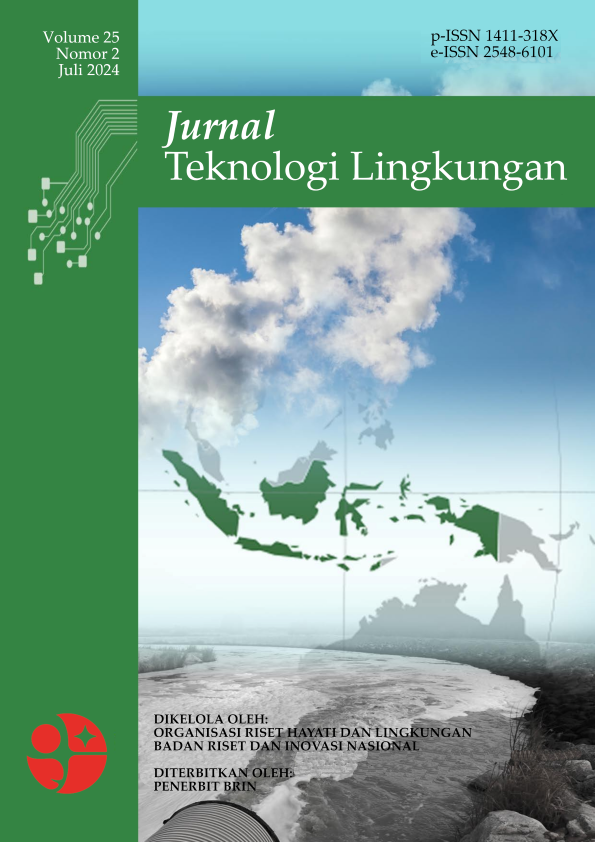Potential Conversion of Coconut Husk-Waste to Magnetic Cellulose Designed for Synthetic Dye Removal
Main Article Content
Abstract
Increasing concern about sustainability and environmental issues caused by the massive amount of solid biomass waste in Indonesia has driven efforts to develop new products for various endues applications in energy, environment, and health sectors. This study uses coconut husk as the cellulose source to fabricate magnetic cellulose (MC) via coprecipitation with iron chloride salts. Combining cellulose with magnetite nanoparticles aims to improve the removal rate of synthetic dye as the latter provides high catalytic activity in the Fenton degradation process to eliminate persistent pollutants. The paramagnetic characteristics that MC possesses also make them quickly recovered after use. The adsorption capacity is found at 252.2 mg/g (pH 7, temperature of 30°C, the dye initial concentration of 100 ppm, and the precursor mass ratio of 1:4.8:25) for Rhodamine-B. The dye mineralization in this condition also reaches 50%, indicating that this adsorbent can be used as an efficient material to adsorb and degrade dye from an aqueous solution. This magnetic adsorbent will be of immense potential application for removing organic contaminants, particularly synthetic dyes, due to its good performance, simple separation, and ability to perform both adsorption and degradation processes simultaneously.
Article Details

This work is licensed under a Creative Commons Attribution-ShareAlike 4.0 International License.

